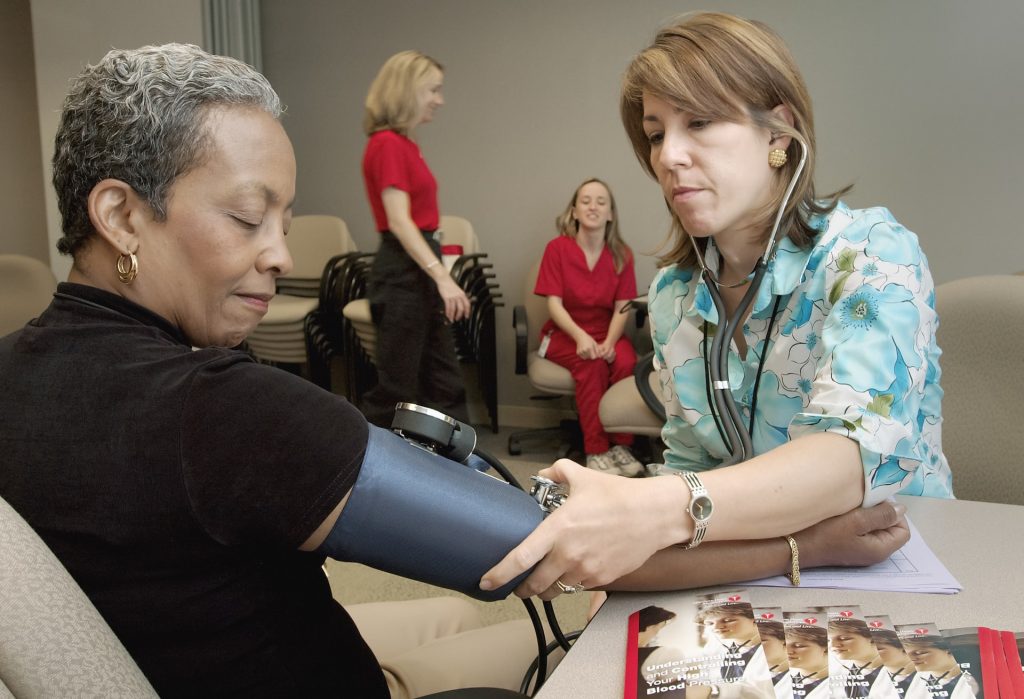The Genes that Determine the Thickness of Eyebrows

The first gene mapping study on eyebrow thickness in Europeans discovered three previously unreported genetic loci, as reported in the Journal of Investigative Dermatology. The study conducted by the International Visible Trait Genetics (VisiGen) Consortium demonstrates that eyebrow appearance has partly the same and partly different underlying genes in people from different parts of the world.
The appearance of human eyebrows is not just a matter of grooming but is in the genes. Eyebrow thickness, as any other appearance trait, is highly heritable. Thus far, genetic knowledge on eyebrow thickness has been very limited and solely restricted to non-Europeans. This study is the first genome-wide association study (GWAS) on eyebrow thickness in Europeans. By identifying new genes and rediscovering some of the genes previously identified in non-Europeans, the study expands genetic knowledge on human eyebrow variation, which is of broad interest and has implications for dermatology and other fields.
Previous studies were performed among Latin American and Chinese individuals, establishing four eyebrow thickness -associated genetic loci. Because no European eyebrow thickness GWAS had been reported, researchers did not know whether the genetic eyebrow thickness effects described in non-Europeans persist in Europeans, or whether there are European-specific genetic loci involved in eyebrow thickness, or both.
Lead investigator Prof Dr Manfred Kayser, Department of Genetic Identification, Erasmus MC University Medical Center Rotterdam, and co-chair of the VisiGen Consortium responsible for this study, commented, “Despite the immense efforts in mapping genes underlying human complex traits, we still know much more about the genes that make us sick than about those behind our healthy looks. For the first time, we performed a gene mapping study on eyebrow thickness variation in Europeans. Previous genetic knowledge on eyebrow thickness was limited and solely restricted to non-Europeans. We discovered new genes involved in eyebrow variation in Europeans and rediscovered some of the genes previously identified in non-Europeans.”
The study among 9948 individuals from four groups of European ancestry not only discovered three previously unreported genetic loci associated with eyebrow thickness, but also rediscovered two of the four genetic loci previously found in non-Europeans. Two other genetic loci previously reported in non-Europeans had minimal effects in Europeans, due to very low allele frequencies in Europeans.
Prof Dr Kayser concluded, “Our study significantly improves the genetic knowledge of human eyebrow appearance by increasing the number of known genes from four to seven and delivers new targets for future functional studies. By having demonstrated that eyebrow variation is determined by both shared and distinct genetic factors across continental populations, our findings underline the need for studying populations of different ancestries for unveiling the genetic basis of human traits, including, but not restricted to, physical appearance.”
Source: Elsevier






